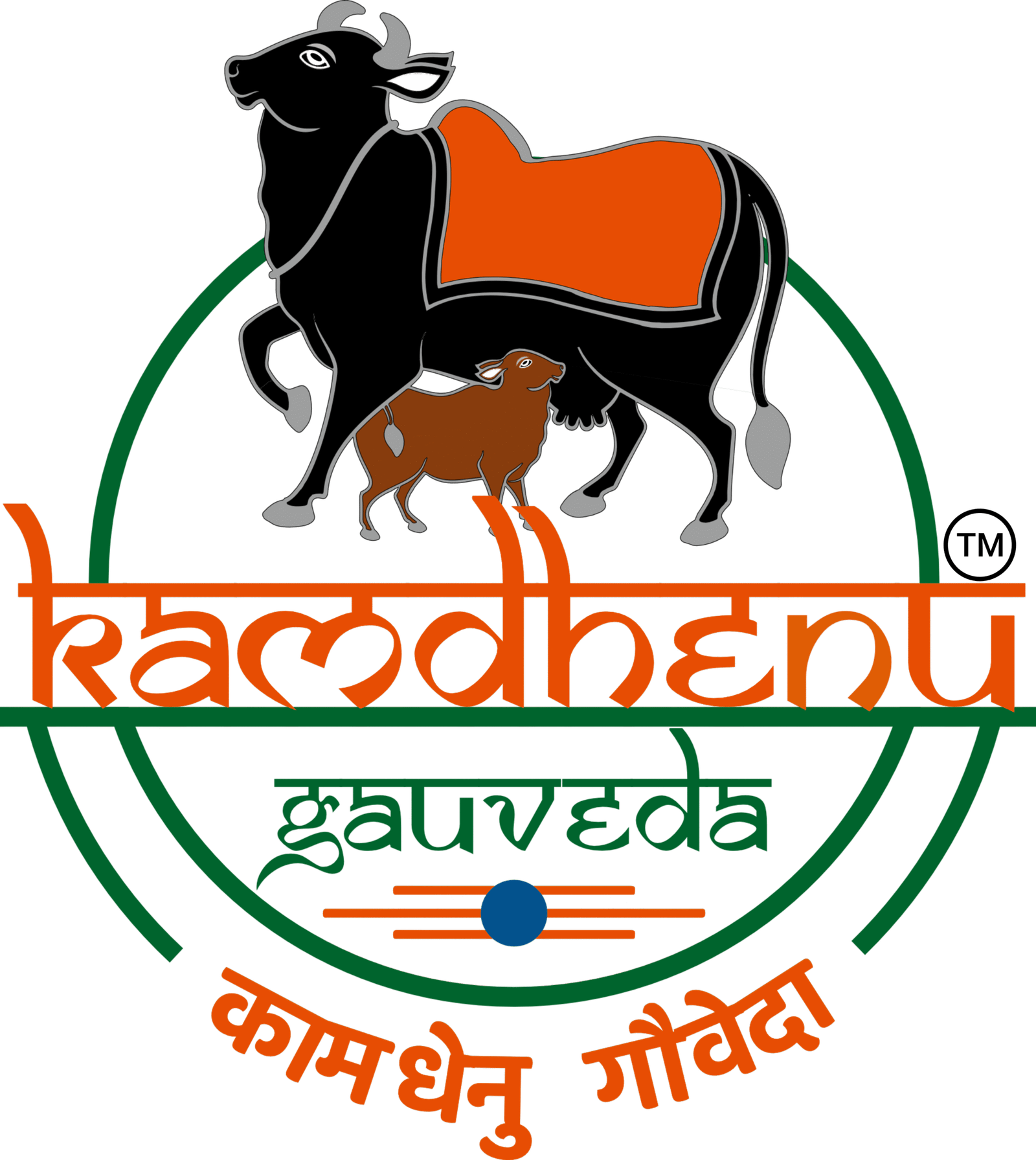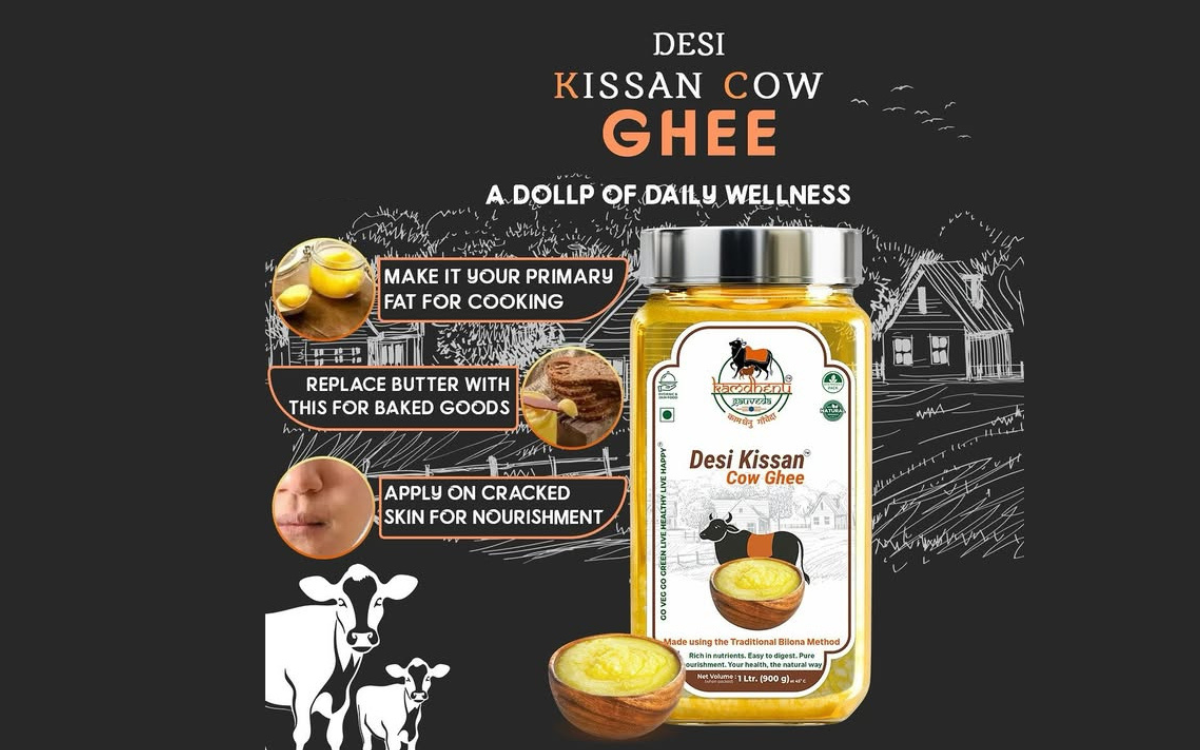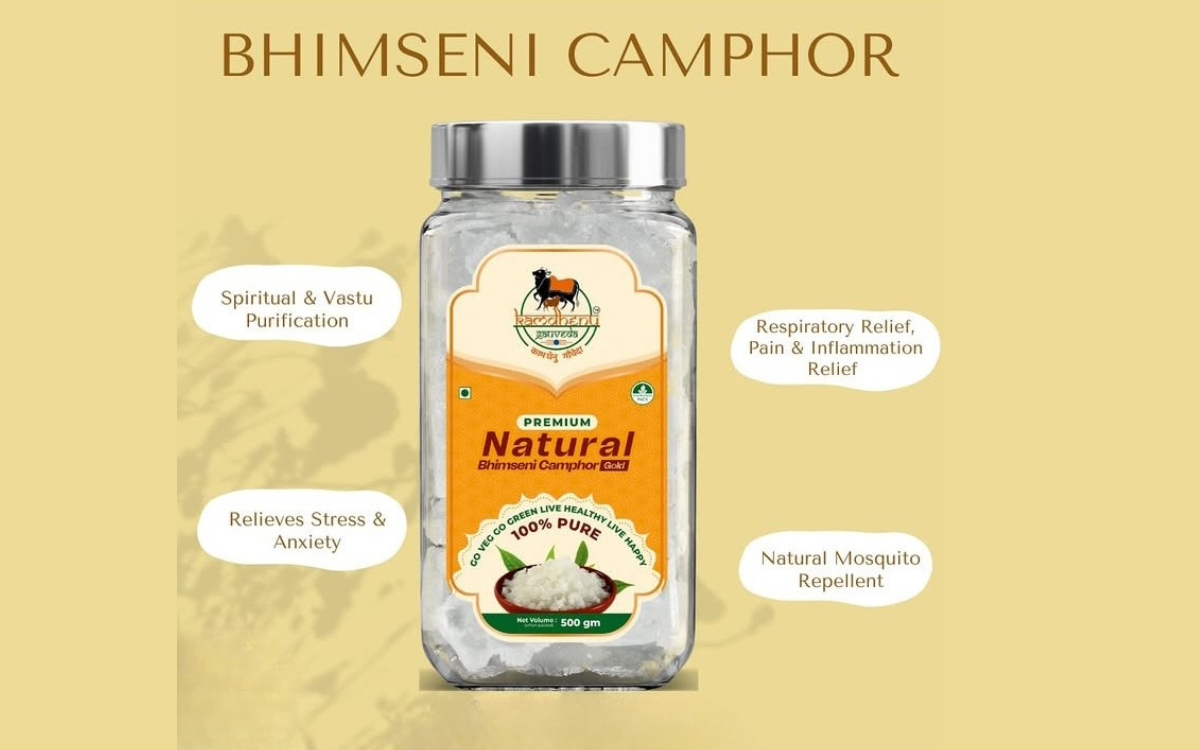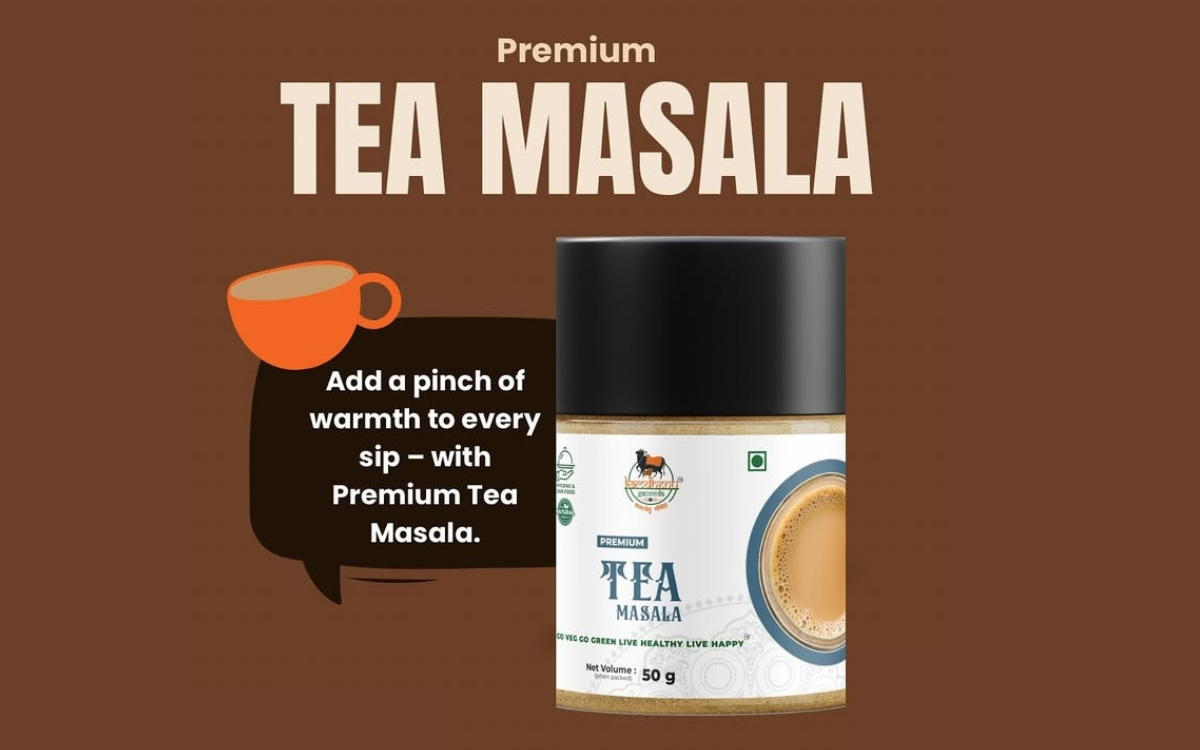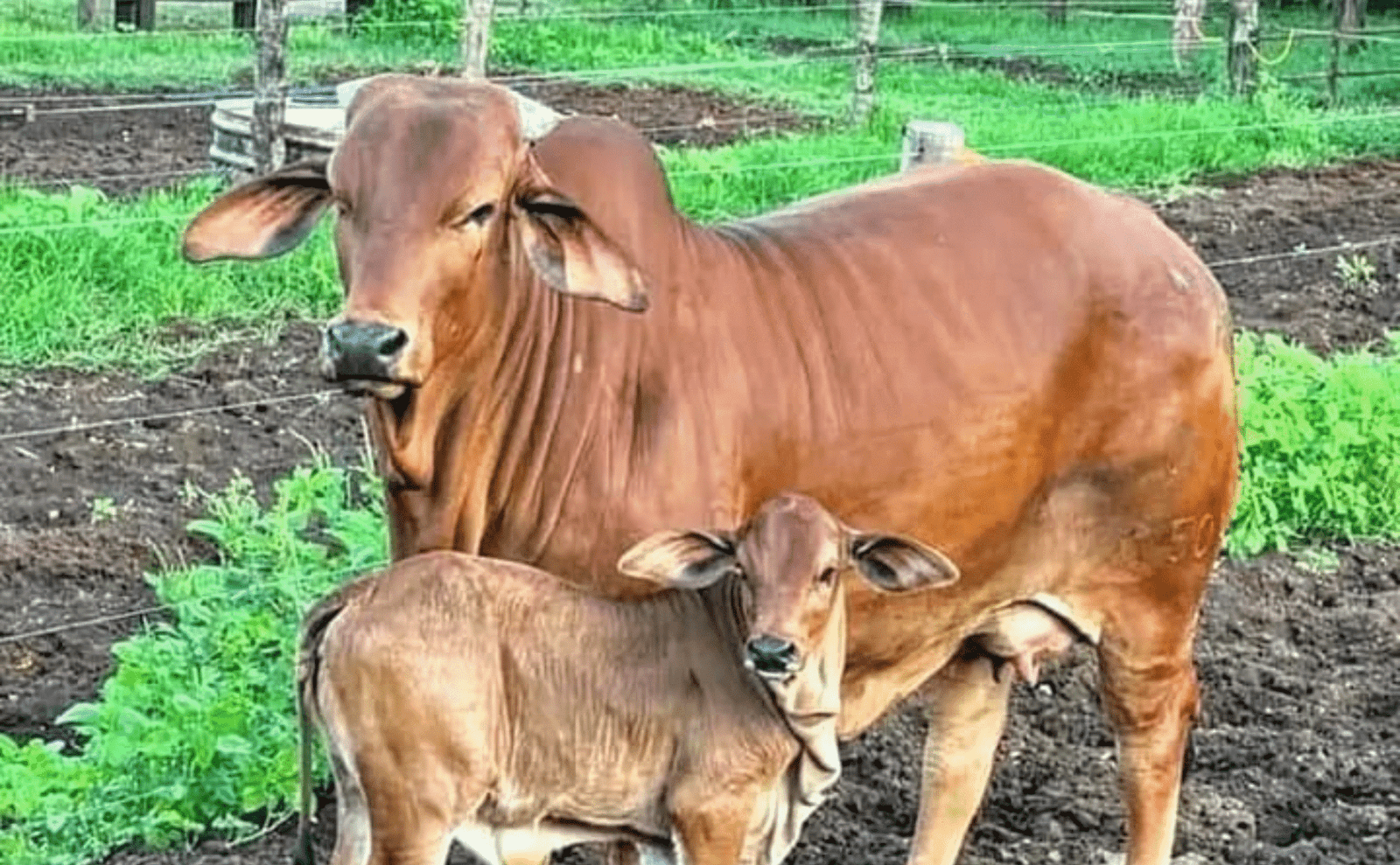Blog
A2 Gir Cow Ghee: Benefits, Milk, Price & Complete Guide
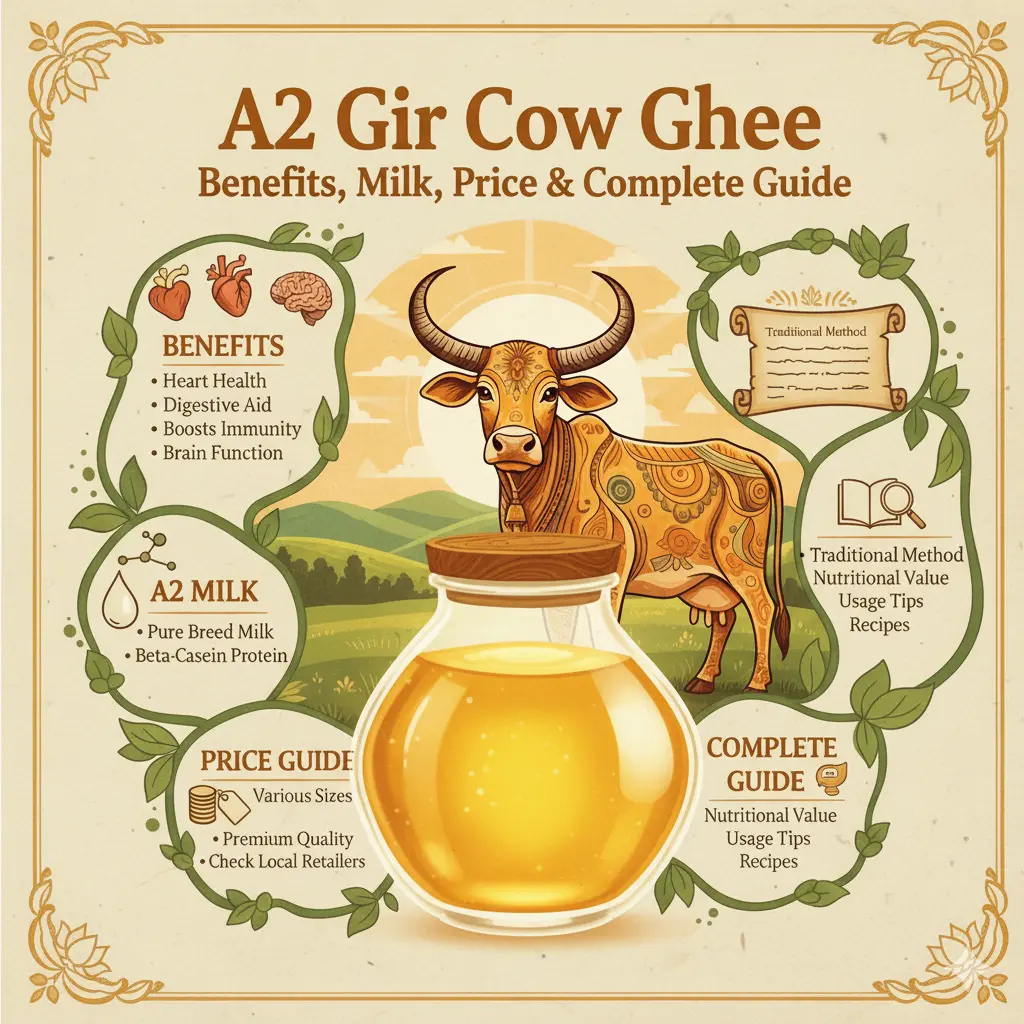
India is known as the land of cows, and among its many breeds, the Gir cow holds a very special place. Native to Gujarat, this breed is famous for its high-quality A2 milk, which has been a part of Ayurvedic practices for centuries. From this milk, we get A2 Gir Cow Ghee — a golden superfood that is valued not just for taste, but also for its health benefits.
If you’ve ever wondered why Gir cow milk and ghee are so unique, how much milk a Gir cow produces, or what the price of Gir cows and their ghee is in the market, this article will guide you through everything. And if you are looking to buy authentic A2 Gir Cow Ghee, we’ll also share how to identify genuine products.
What is a Gir Cow?
The Gir cow is an indigenous breed that originated in the Gir forests of Gujarat. It is one of the oldest and purest cow breeds in India.
Key Features of Gir Cows:
- Large hump on the back (considered a sign of strength).
- Long, curved horns that bend outward and back.
- Big ears that hang down and look like a leaf.
- Generally reddish-brown, sometimes with patches of white.
Gir cows are loved not only in India but are also exported to countries like Brazil, USA, and Mexico, where they are considered excellent dairy animals.
Nutritional Value of Gir Cow Milk
Unlike many modern breeds that produce A1 milk, Gir cows produce A2 type milk protein, which is closer to the milk consumed in ancient India.
Benefits of Gir Cow Milk:
- Easy to digest for people who are sensitive to regular milk.
- Rich in calcium, phosphorus, and Vitamin B12.
- Helps in strengthening bones and immunity.
Mentioned in Ayurveda as a natural medicine for balancing body energy.
A2 Gir Cow Ghee – Why is it Special?
A2 Gir Cow Ghee is prepared using the traditional bilona method. In this process, milk is first turned into curd, then churned to separate butter, which is finally slow-cooked to get ghee.
This method preserves nutrients and makes ghee richer in flavor and aroma. Unlike industrial ghee, Bilona ghee has no preservatives or chemicals.
Health Benefits of A2 Gir Cow Ghee
A2 Gir Cow Ghee has been part of Indian kitchens and Ayurvedic remedies for thousands of years. Here are some of its well-known benefits:
- Boosts digestion – Helps absorb nutrients better.
- Supports heart health – Contains healthy fats that balance cholesterol.
- Good for brain and memory – Ayurveda recommends ghee for mental strength.
- Strengthens bones and joints – Works as a natural lubricant.
- Enhances skin and hair – Used in Ayurvedic skincare.
- Detoxifies the body – Helps remove toxins when consumed moderately.
Gir Cow Milk Production (Per Day)
One of the main reasons Gir cow milk is valued is because it is nutritious but not produced in very large quantities.
- On average, a Gir cow gives 10 to 15 liters of milk per day.
- The yield depends on diet, care, and season.
- Though not as high as hybrid cows, the quality of milk is far superior.
This limited quantity is one reason why A2 Gir Cow Ghee is costlier than regular ghee.
Gir Cow Price in India
The cost of a Gir cow depends on its age, health, and milk-giving ability.
- Average price: ₹60,000 to ₹1,50,000. (approx)
- High-yielding pure breed cows: Can cost above ₹2,00,000. (approx)
- Calves (baby Gir cows): Usually cheaper but vary by breeder.
Authentic Gir cows are usually purchased from trusted gaushalas or government-certified breeders.
Gir Cow Ghee Price
Pure A2 Gir Cow Ghee is not cheap, and that is a sign of authenticity.
Price range: ₹1,500 to ₹2,500 per liter (depending on brand and process).
Factors that affect price:
- Whether it is made by bilona method.
- Farm-direct or mass-produced.
- Packaging (glass bottles are safer and healthier).
Buy 100% Pure A2 Gir Cow Ghee Online
How to Identify Original Gir Cow?
If you are planning to buy a Gir cow or want to ensure your ghee is made from Gir milk, it’s good to know the traits of an authentic Gir cow:
- Reddish-brown skin with white patches.
- Long drooping ears like a leaf.
- Prominent hump.
- Naturally calm and gentle nature.
Where to Buy Authenic A2 Gir Cow Ghee
Because of its rising demand, there are many fake products in the market. Here’s how to buy genuine ghee:
- Check the source – Buy from trusted farms or brands.
- Look for certification – FSSAI or organic certification adds trust.
- Packaging – Prefer glass bottles over plastic jars.
- Transparency – Brands that share their ghee-making process are usually more reliable.
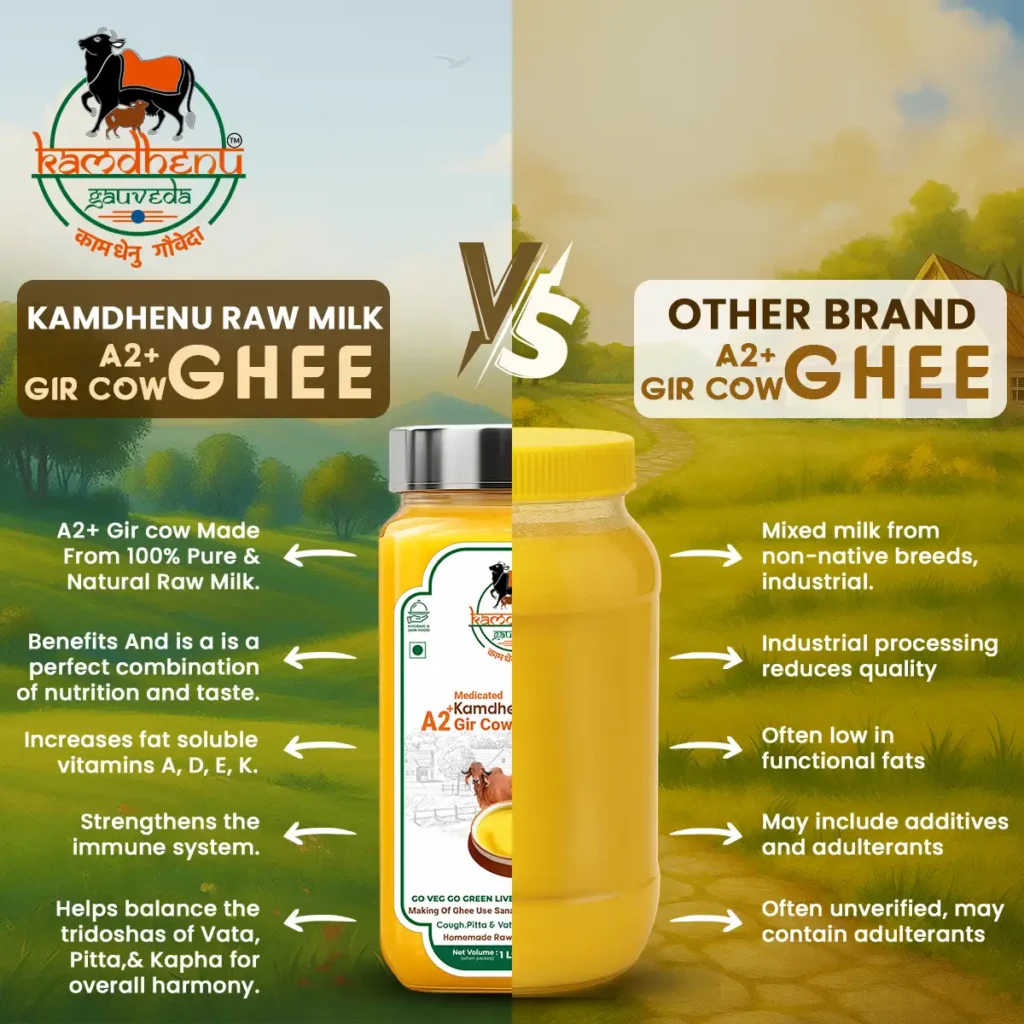
At Kamdhenu Gauveda, we prepare A2 Gir Cow Ghee using the traditional bilona method from our own Gir cows. The ghee is free from preservatives and comes in eco-friendly glass bottles.
Conclusion
Gir cows are not just another breed of cattle — they are part of India’s heritage. Their milk and ghee are packed with nutrients that modern science is beginning to validate, but which Ayurveda has known for centuries.
If you are looking for ghee that supports health, immunity, and overall wellness, A2 Gir Cow Ghee is the right choice. Just make sure you buy it from a trusted source to ensure authenticity.
Order Kamdhenu Gauveda A2 Gir Cow Ghee and experience the difference of purity.
FAQs on Gir Cow & A2 Ghee
Because it is made from A2 milk, which is easier to digest and more nutritious compared to A1 milk ghee.
On average, 10–15 liters per day.
Gir ghee is made only from the milk of Gir cows, which give A2 milk. Regular cow ghee can be made from any cow breed, often hybrids that produce A1 milk. Gir ghee is more nutritious and easier to digest.
Yes, when consumed in moderation, it supports metabolism and fat burning.
Pure ghee usually solidifies in winter, has a natural aroma, and melts easily when touched.
A2 ghee is costly because Gir and other native cows give less milk, it’s prepared by the slow bilona method, and demand is higher than supply. This makes it richer in quality but more expensive.
A2 ghee comes from A2 milk of indigenous cows and is easy to digest, while regular ghee often comes from A1 milk of hybrid cows. A2 ghee is handmade, healthier, and more aromatic, whereas regular ghee is cheaper and mass-produced.

